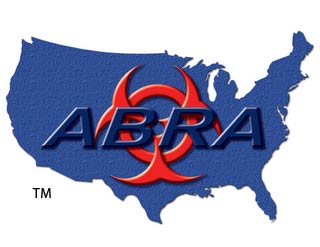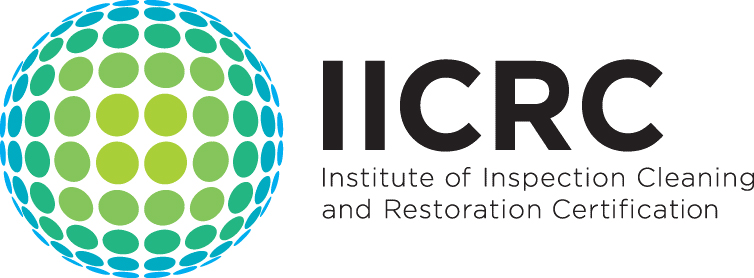Wildfire vs. Building Fire Restoration: What Restorers Need to Know
Sponsored by IICRC | Presented by Patrick Moffett
Webinar On-Demand
Cleaning up after a wildfire is different than any house fire, grass fire or even forest fire. The toxins and unique combustion byproducts present in the air, settled smoke, soot, char and ash piles can create respiratory hazards unseen anywhere else in the industry, making cleanup and restoration not only difficult, but downright dangerous.
As a "second responder," restoration professionals are responsible for recognizing the respiratory hazards for not only building occupants, but their workers as well. When decision-time comes, will you feel confident enough in your cleaning practices to mitigate occupant health-related issues? Do you know when to assume clearance liability on your own, and when to shift some of that liability onto a qualified environmental professional?
In this presentation, Patrick will discuss why no two wildfire impacted homes are the same and how to recognize whether a home requires only surface cleaning and deodorization, and when it requires a partial or complete packout. We'll also discuss advances in chemical deodorization, including the use of ozone and hydroxyls, and how to interpret the 2018 AIHA "Technical Guide for Wildfire Impaction Assessment for the OEHS Professional."


|
Patrick Moffett is an IICRC Master Fire & Smoke Restorer (MSR), Industrial Hygienist and an IICRC-Approved Instructor in Water Damage Restoration, Fire and Smoke Odor Remediation and Applied Microbial Remediation. For more than 35 years, Patrick has worked as an environmental and industrial hygienist, general contractor, technical writer, lecturer and instructor specializing in the assessment and oversight of property damage remediation and the environmental clearance of property losses. |
The IICRC is an ANSI accredited standards development organization. Its mission is to create and advance globally recognized standards and certifications for the inspection, cleaning and restoration industries. IICRC standards establish peer reviewed and industry accepted best practices procedures for cleaning, inspection and restoration. www.iicrc.org
LEARNING OBJECTIVES
- Define the differences between damage from wildfires, forest fires, grass fires, and structure fires, and outline how to remediate the damages from each.
- Identify and remediate unique combustion byproducts in wildfires that may make cleanup and deodorization more difficult.
- Set safety and PPE guidelines for crews based on knowing the toxins and respiratory hazards present after wildfires.
- Interpret what the 2018 AIHA “Technical Guide for Wildfire Impaction Assessment for the OEHS Professional” means for restoration contractors specifically.











